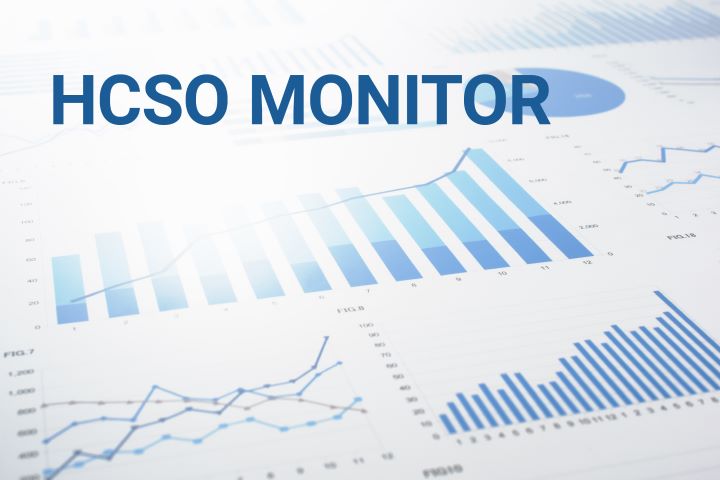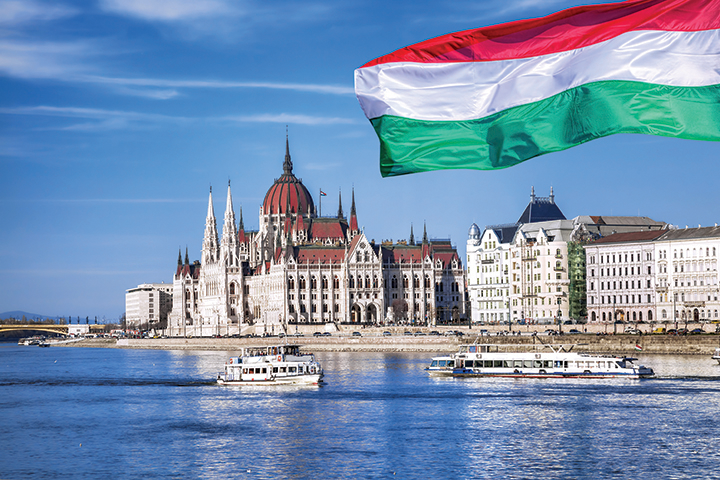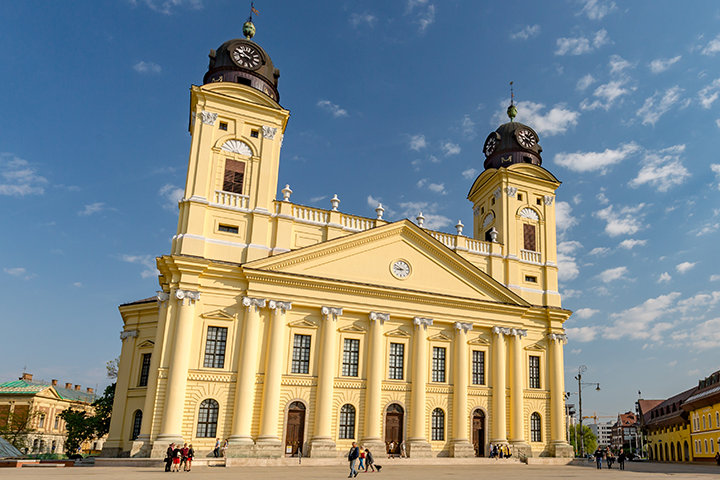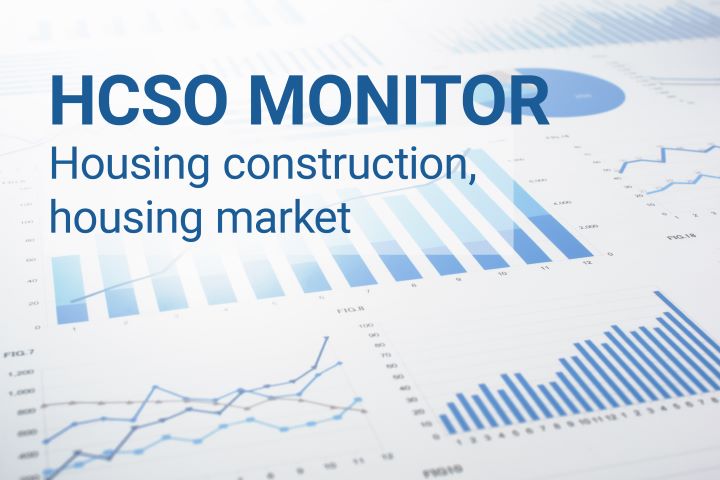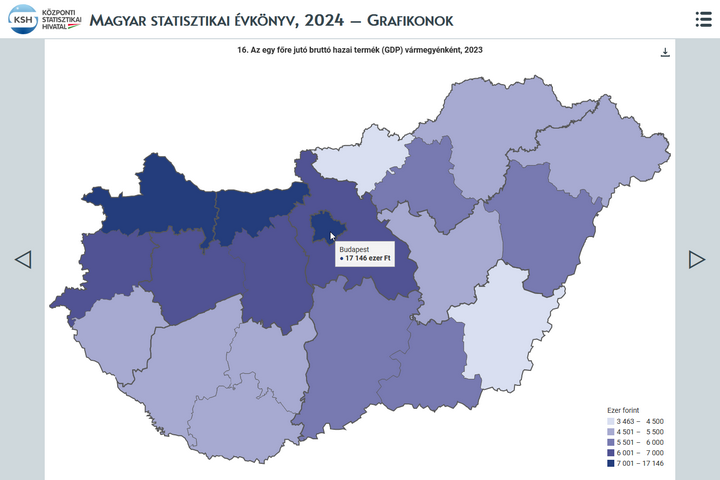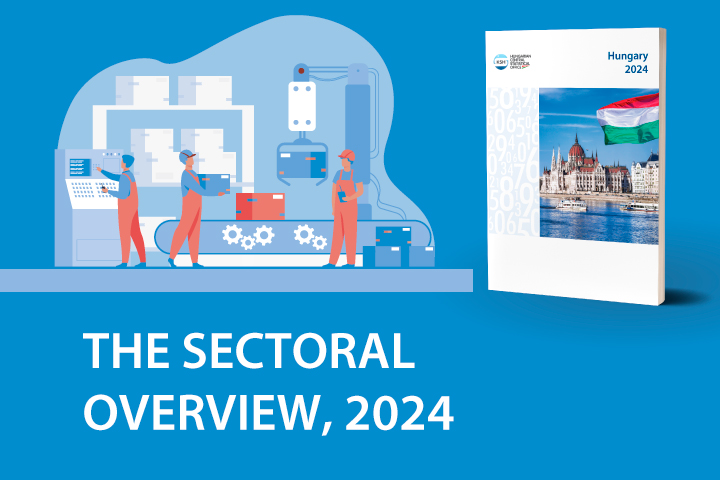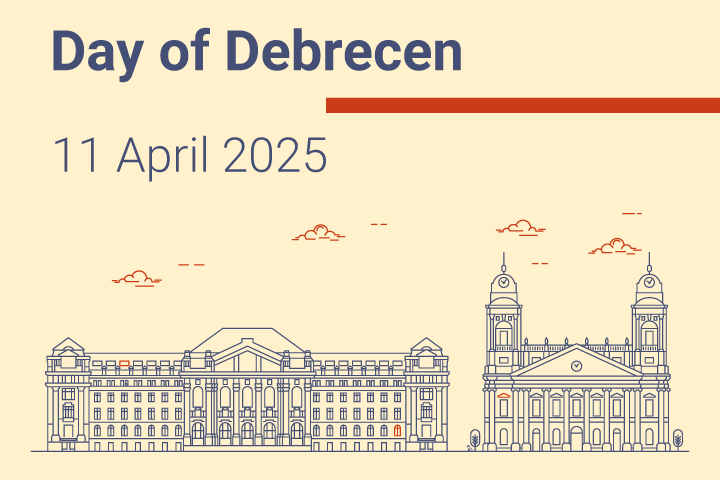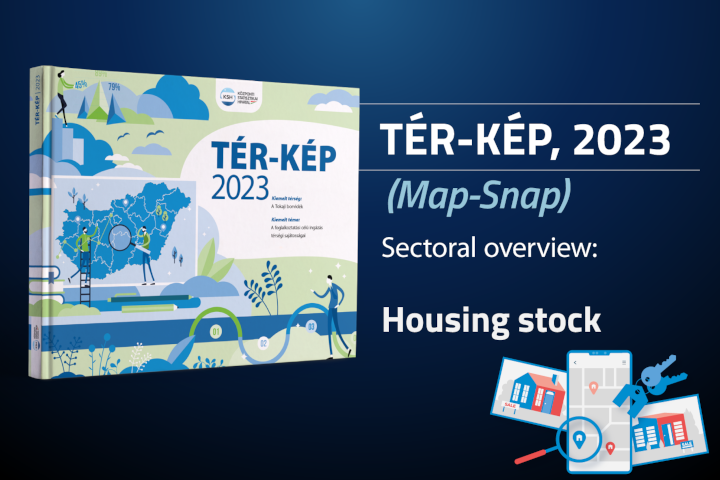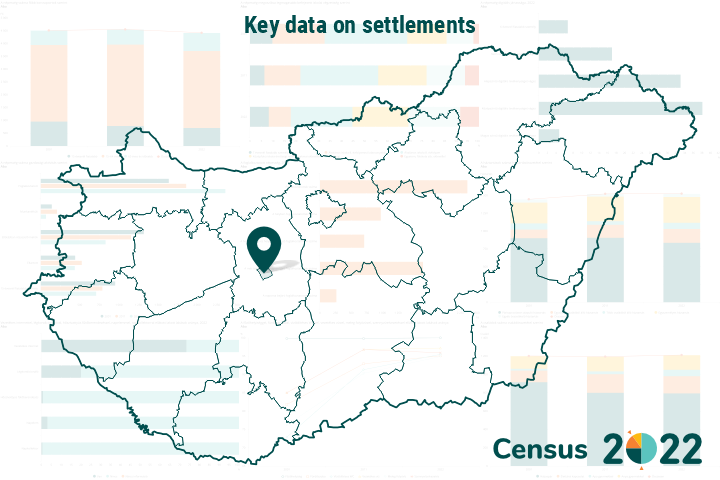Housing
Housing conditions have a significant impact on quality of life. Housing statistics deal with the following areas: state of housing, trends in housing construction, real estate market processes, state of home lending.
Key figures
Number of dwellings built
Indicator description
Number of dwellings put to use during the given period.
Source of data:
Summary Tables (STADAT)
Last data for period: Q3 2025
Aggregated housing price index
Indicator description
Changes in the housing market price level, 2015=100.0%
Source of data:
Summary Tables (STADAT)
Last data for period: Q2 2025
Number of home building permits and declarations issued
Indicator description
Change in the number of dwellings to be built on the basis of building permits issued and simple announcements.
Source of data:
Summary Tables (STADAT)
Last data for period: Q3 2025
Stock of housing loans
Indicator description
Change in the total amount of home loans at the end of the reference period compared to the same period of the previous year.
Source of data:
Summary Tables (STADAT)
Last data for period: Q1–2 2025
Featured
HCSO Monitor
The collection of interactive figures provides up-to-date information on the latest domestic and international socio-economic trends. The decisive part of the figures included in HCSO Monitor are downloadable in both image and data formats (PNG, SVG and CSV). Feel free to browse the data in HCSO Monitor, updated many times a week!
Residential mortgages, first half 2025
The expansion of the housing loan stock continued: compared to the same period of the previous year, the total value of housing loans increased by 15% and the number of contracts by 2.7%. Within housing loan disbursements, loans for the purchase of second-hand dwellings continued to dominate, while the value of loans disbursed for the construction and purchase of new homes rose significantly – by 30–40% compared to H1 2024.
Hungary 1st semester of 2025 – Diverging economic impacts
The performance of Hungary’s economy was identical with the one of the same period of the previous year. The increasing performance of the services sector and consumption growth had a positive impact on GDP. These impacts however have been eliminated by the setback of the industry and agriculture, the continuously subdued investment activity and the deterioration in the balance of the external trade in goods. Retail trade volume continued to rise, tourism nights spent at accommodation establishments also increased in number.
HCSO–ingatlan.com-rent index, September 2025
Following the more dynamic summer increase, rents moderated in September 2025: they fell by 1.1% nationally and by 0.2% in Budapest compared to the previous month's level. In nominal terms, the rent index in September surpassed the 2015 base by 126% nationally and 116% in the capital, while in real terms, it exceeded the base by 31% and 25%, respectively. Over the course of a year, nominal rents increased by approximately 7%, and real rents increased by around 2%.
Fewer new dwellings, more construction permits; Dwelling construction, construction permits, Quarters 1–3 2025
In the first three quarters of 2025, 7,490 new dwellings were built, 14% fewer than a year earlier. The number of dwellings to be built based on issued construction permits and simple declarations was 19,947, 37% more than in the same period of 2024.
Snapshot, 2024 – Housing market
In Hungary, the number of housing constructions fell by 29% in 2024, and planned housing constructions also continued to decline in number. Housing construction costs rose at a slowing pace, in the single digits. At the same time, the volume of housing loans disbursed doubled compared to the previous year’s low base. Following the downturn a year earlier, housing market activity picked up, and housing prices once again recorded double-digit growth.
Statistical Yearbook of Hungary, 2024
The yearbook provides an overview of Hungary's demographic, social and economic trends, environmental characteristics and their changes over time, with the help of tens of thousands of data in some 500 tables, charts and maps. In the chapter devoted to earnings and incomes, it is a novelty compared to previous years that net earnings in which allowances and types of exemptions are accounted for, too, came into focus from 2019. In the number of employees, people working in working time shorter than 60 working hours per month are also taken into account. In addition, the theme of environment is completed with areas declared world heritage sites by UNESCO.
Yearbooks, pocketbooks, data repositories
A new sub-page has been added to the HCSO website, more than 400 yearbooks, pocketbooks and data collections, a total of a hundred thousand pdf format pages close to 150 thousand excel tables and several thousand static and interactive graphs and maps are available for download. The sub-page offers the possibility of filtering these yearbooks, pocketbooks and data collections by reference year, serial name, format (PDF, XLS) and supplements (graphs, maps). Users may compile their own list of publications based on the year- and pocketbooks, data collections, adequate to their interests.
Housing prices, housing price index, Q1 2025
In the first quarter of 2025, the expansion of the domestic housing market observed in 2024 did not continue, with a tenth fewer dwellings changing hands than a year earlier. The first period of the year was characterised by accelerating housing price growth. Second-hand dwellings, which account for the vast majority of sales, rose in price by 5.7%, while new dwellings gained 2.3%. The overall housing price index rose by 12.5% year-on-year, which represents a 6.9% increase in real terms.
Hungary, 2024
Hungary’s GDP increased by 0.5% amid global challenges in 2024. The performance of goods-producing industries lessened, while that of service-providing ones rose, which shows the duality of economic trends. Household consumption picked up, which was considerably encouraged by the purchasing power of earnings growing again with the inflationary wave calming down. Besides, the data series reveal that the level of employment reached another peak.
Statistical Pocketbook of Hungary, 2024
The tables and charts in the latest edition of the Statistical Pocketbook of Hungary provide a comprehensive insight into the development of social and economic trends in Hungary during the year 2024. It aims to provide a summary picture of the country's situation in all possible areas based on preliminary indicators. Within the number of employees, this year's pocketbook also includes employed persons working less than 60 hours, and the gross revenues at tourist accommodation establishments.
Related themes
- Censuses
- Construction
- Energy
- Environment, public utilites
- Government finance
- Income and consumption
- Living conditions
- Population and vital events
- Prices
- Regional statistics
Methodological information
First releases |
Latest release | Next release |
|---|---|---|
| Dwelling construction, construction permits, Quarters 1–3 2025 | 04/11/2025 | – |
Release and revision calendarPublication repertory
Census data |
Census |
|---|---|
| Census 2022 database | Population census 2022 |
| National regional data | Population census 2011 |
| 2. Main characteristics of the population and the dwellings | Microcensus 2016 |
| 6. National and county data | Population census 2001 |
| 11. Dwellings and their inhabitants | Population census 2001 |
| 13. Not occupied dwellings | Population census 2001 |
| 15. Holiday houses | Population census 2001 |
| 17. Housing conditions of households | Population census 2001 |
| 20. Living conditions of the elderly population | Population census 2001 |
| 21. Data on statistical subregions | Population census 2001 |
| 23. Characteristics of dwellings on housing estates | Population census 2001 |
